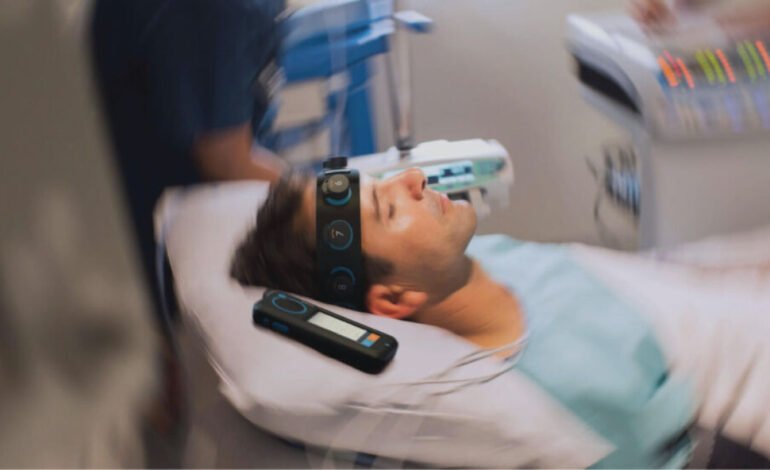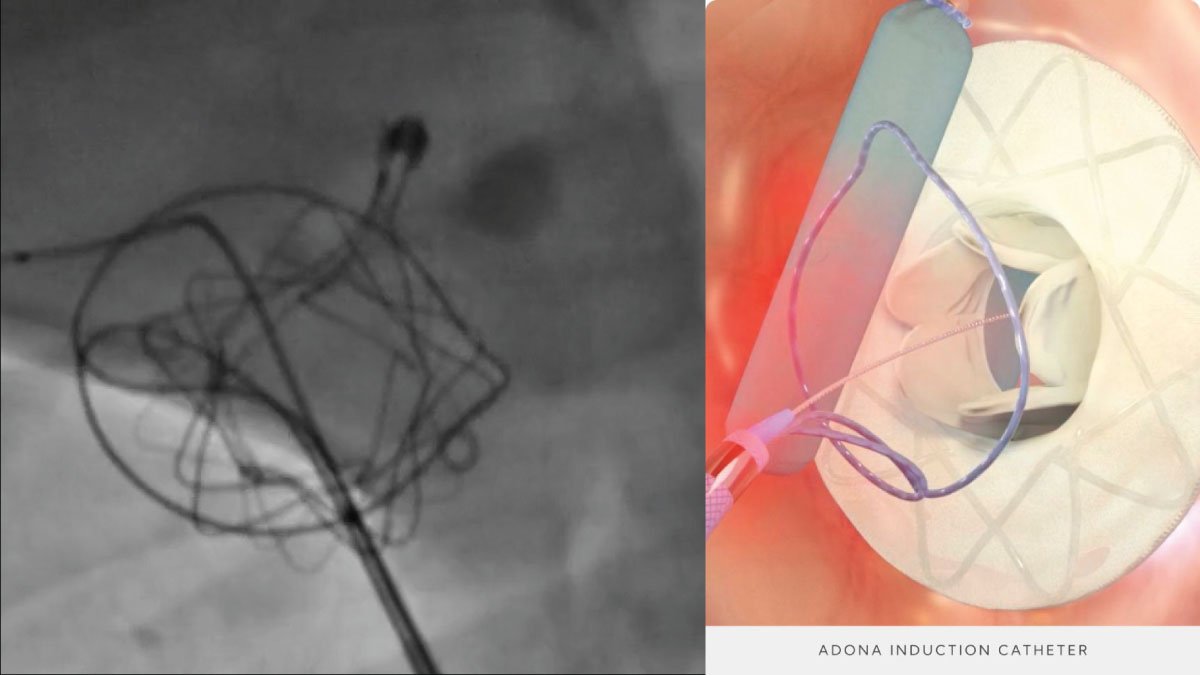Ceribell EEG Device Reduces ICU Stays by Four Days, Improving Patient Outcomes

Ceribell EEG device, equipped with artificial intelligence, is transforming critical care by cutting down ICU stays by an average of four days. This cutting-edge technology not only accelerates recovery but also lowers the rate of patients leaving the ICU with disabilities, marking a significant improvement over traditional EEG devices.
The Ceribell EEG Device Shrinks ICU Stays
Ceribell’s EEG monitoring device is making a significant impact in the medical sector with its ability to significantly reduce the duration of stays in Intensive Care Units (ICUs). A recent study revealed that patients monitored with Ceribell’s device spent an average of four days less in the ICU compared to those using standard EEG systems. Furthermore, fewer patients were discharged from the ICU with disabilities, indicating a major advancement in patient care.
Benefits of Ceribell EEG Device
A major benefit of Ceribell’s EEG system is its swift and precise diagnosis of neurological conditions at the point of care. Traditional EEG systems are often complex, time-consuming, and necessitate specialized personnel to operate, which can lead to delays in making critical treatment decisions. In contrast, Ceribell’s device, powered by AI, simplifies the process by providing instant brain monitoring that is both user-friendly and interpretable. This ease of use ensures that healthcare professionals can quickly identify and respond to neurological emergencies, thereby enhancing patient outcomes.
Applications of Ceribell EEG Device in Medical Devices
Ceribell’s technology extends beyond ICU environments; it has the potential to be incorporated into various medical devices designed for real-time brain activity monitoring. For example, it could be utilized in emergency departments, ambulances, and even in remote healthcare settings where access to specialized equipment is scarce. The device’s portability and simplicity make it an ideal candidate for broad application across different medical fields, potentially revolutionizing the approach to monitoring and treating neurological conditions.
Future Developments in EEG Monitoring
As the healthcare sector continues to progress, the integration of AI-powered devices like Ceribell’s EEG system is anticipated to increase. Future developments are expected to include the creation of even more advanced and compact EEG devices that can be easily implemented in various medical settings, including home care. Moreover, the ongoing enhancement of AI algorithms is likely to improve the accuracy and predictive capabilities of these devices, further enhancing patient outcomes and reducing the strain on healthcare systems.
Conclusion
Ceribell EEG device is setting a new benchmark in critical care, offering a quicker, more efficient, and patient-centric alternative to traditional EEG systems. By reducing ICU stays and enhancing patient outcomes, this innovative technology has the potential to redefine the landscape of neurological care. As the industry progresses towards more integrated and AI-driven solutions, Ceribell’s system is at the forefront of this transformative movement, promising a future where critical brain monitoring is more accessible and effective than ever before.




















